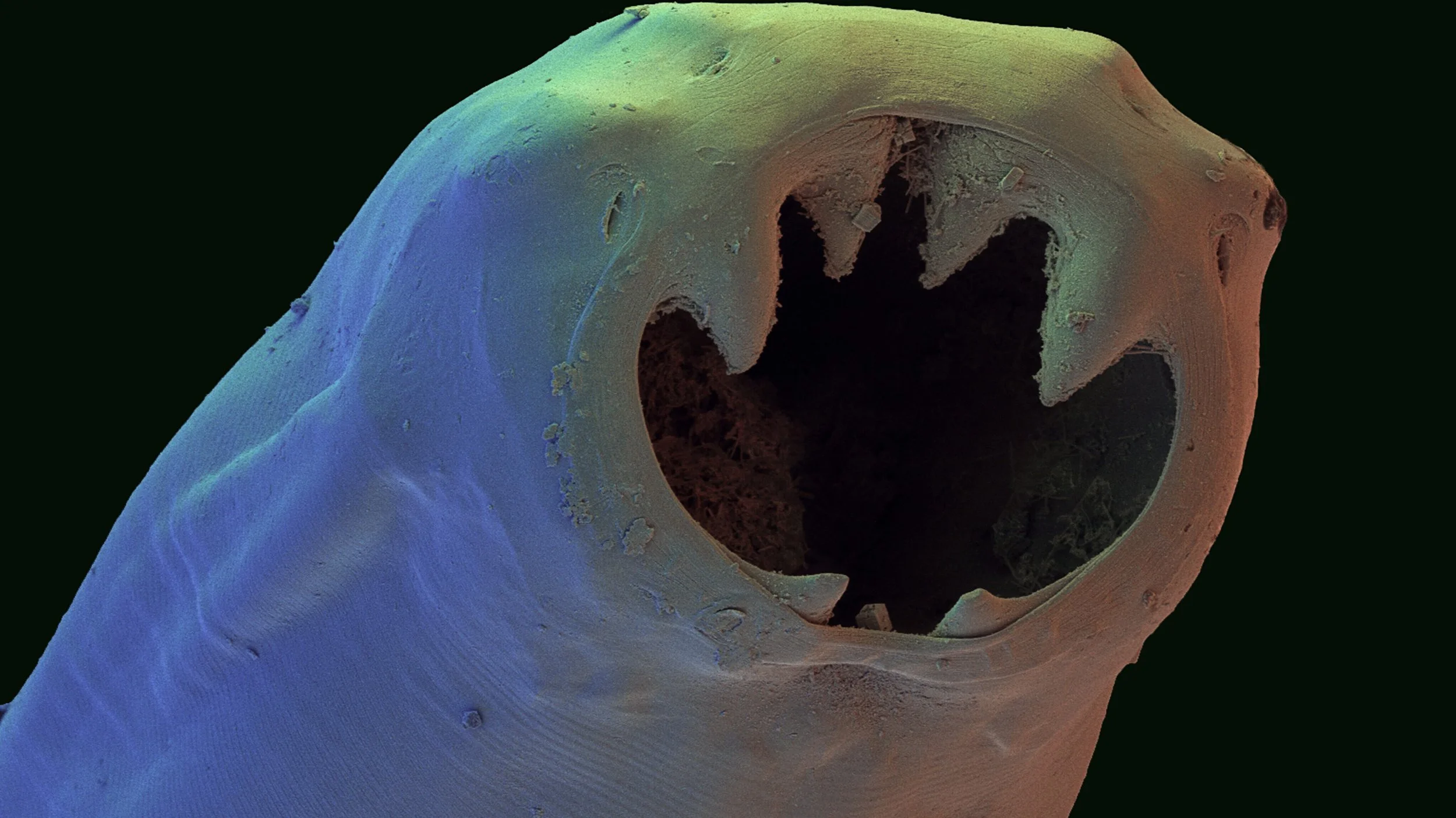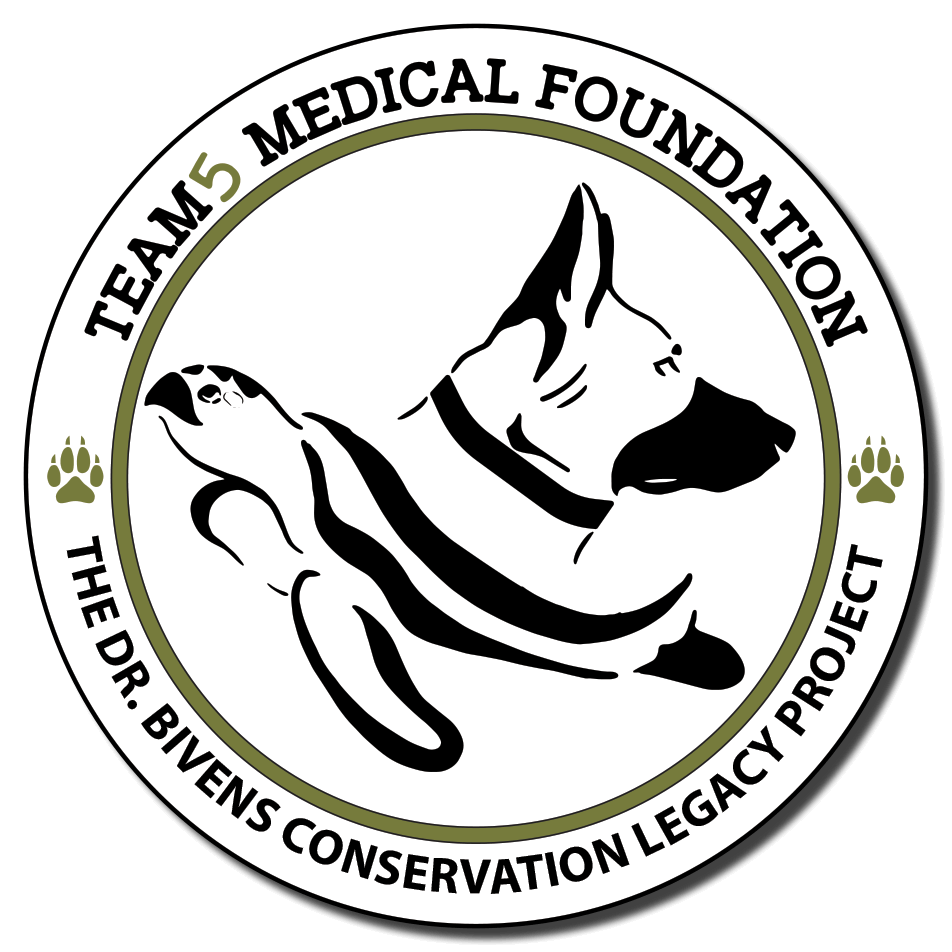
Conservation & Research
TEAM5 has created a new section dedicated to Conservation Medicine and Research.
The current programs include:
The research is led by Eric Linder and Kenna Stephenson and includes new theories for identifying and treating Soil-Transmitted Helminths (Hookworm, Roundworm, and Whipworm). The current WHO gold standard practices are considered outdated and do not combat the parasites to what we believe should be the new "gold standard."
Soil-transmitted helminth infections are among the most common infections worldwide and affect 1.5B of the poorest and most deprived communities. They are transmitted by eggs present in human feces, which in turn contaminate soil in areas where sanitation is poor.
The main species that infect people are the roundworm (Ascaris lumbricoides), the whipworm (Trichuris trichiura), and hookworms (Necator americanus and Ancylostoma duodenale). These STH species are normally addressed as a group because they need similar diagnostic procedures and respond to the same medicines
Strongyloides stercoralis is an intestinal helminth with peculiar characteristics: the parasite requires different diagnostic methods than other soil-transmitted helminthiases and, for this reason, is frequently not identified. In addition, the parasite is not sensitive to albendazole or mebendazole and, therefore, is not impacted by large-scale preventive treatment campaigns targeting other soil-transmitted helminthiases.
Aaron Bivens conservation LEGACY project includes a new theory to help stop the endangered species of green turtles affected by global warming.
The Great Barrier Reef is an irreplaceable ecosystem, home to thousands of species of marine life, including six of the world’s seven species of marine turtle.
And nowhere on Earth do more green turtles come to nest than Raine Island. 90% of the Reef’s entire northern green turtle population comes from Raine Island.
We’ve recorded more than 64,000 green turtles here in one nesting season alone, with as many as 20,000 at once inching their way onto Raine Island’s deserted beaches to nest, having traveled thousands of kilometers to the same place they themselves hatched decades prior.
Despite these ancient creatures existing since the dinosaurs' time, the green turtle is globally endangered.
Aaron Bivens led our conservation medical veterinarian project that helps the animals in the indigenous villages, where we also treat the people in dental and medical clinics. Many villages have dogs and cats with diseases and parasites that are unclean, affecting the indigenous population. Recently in Guatemala, Aaron treated dozens of dogs for parasites, heartworms, and fleas/ticks, and a few injured animals from mistreatment.
An unfortunate accident in 2023 claimed the life of Aaron way too early. His legacy continues with Dr. Charlotte Pulliam, DVM that was originally researching the turtle theory and helped teach the K9 Down Course.
CLICK THE PATCH BELOW TO SUPPORT THE PROJECT AT OUR STORE WHERE YOU CAN PURCHASE SWAG



